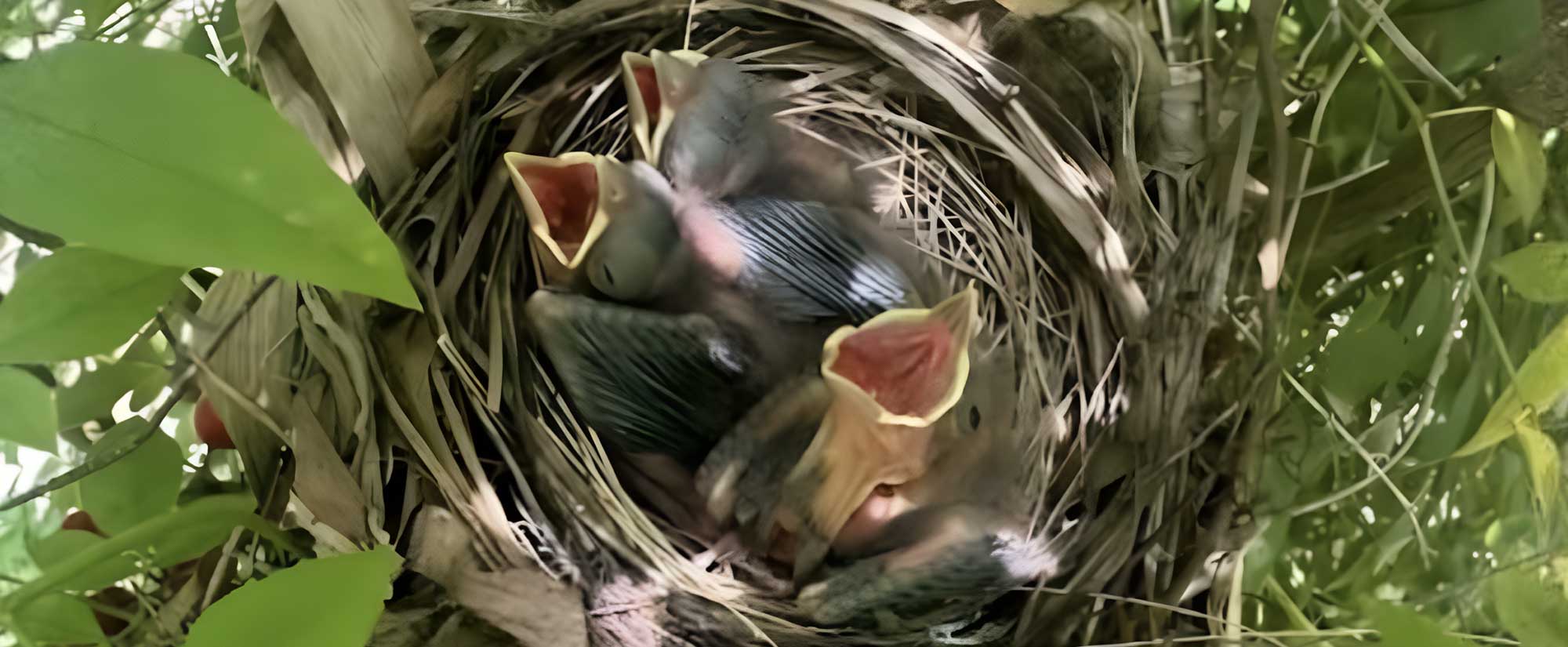
And baby birds LOVE caterpillars!
Notes from a Texas Master Naturalist about native plants and why they matter to birds.
Summer is when our bird populations (especially the native songbirds we so love) are in breeding season and looking for protein in the form of insects and their larvae (caterpillars). (By the way, cool weather migration season will come as it always does and prompt birds to seek out that season’s high-fat seeds and berries for the winter.)
The breeding adults need protein and can eat lots of adult insects to acquire it and stay healthy while raising newly hatched chicks during the warm months. But lots of soft, squishy caterpillars are needed to feed their young birds. According to Doug Tallamy, noted author and professor of entomology and wildlife ecology at the University of Delaware, a single pair of breeding chickadees must find 6,000 to 9,000 caterpillars to rear one clutch of young. Insects are best for feeding growing fledglings, and our native trees and shrubs provide the flowers and leaves that attract a variety of insects that lay eggs on the plants and create this abundant caterpillar buffet. These local native food sources are exactly what our native birds expect to find here, as they have for millennia. It is the very reason the birds live here.
So, if you want to safeguard the health of your favorite birds this summer, make sure you have plenty of native “host” plants for attracting butterflies, beetles, moths, and other insects that lay their eggs on the leaves. Sure, the caterpillars will eat some of the leaves for a couple of weeks, but native plants are well adapted to the phenomena and will just grow more leaves. It’s nature’s interactions that give us so many of the things we love in our yard! This is just one of summer’s interesting interactions.
Teri MacArthur has been a certified Texas Master Naturalist since 2001, and is an environmental educator offering a broad scope of adult and youth nature programs in the region.


